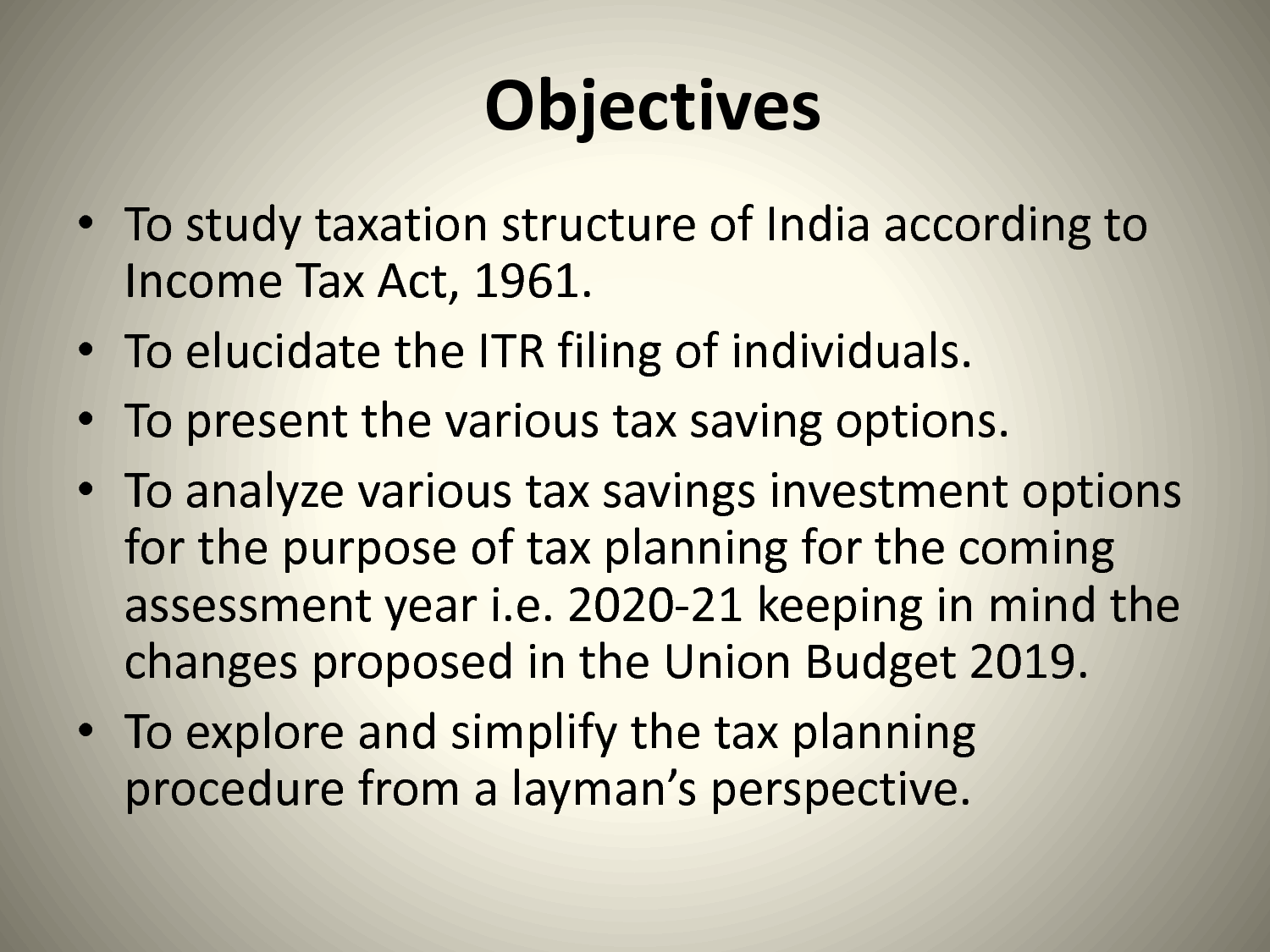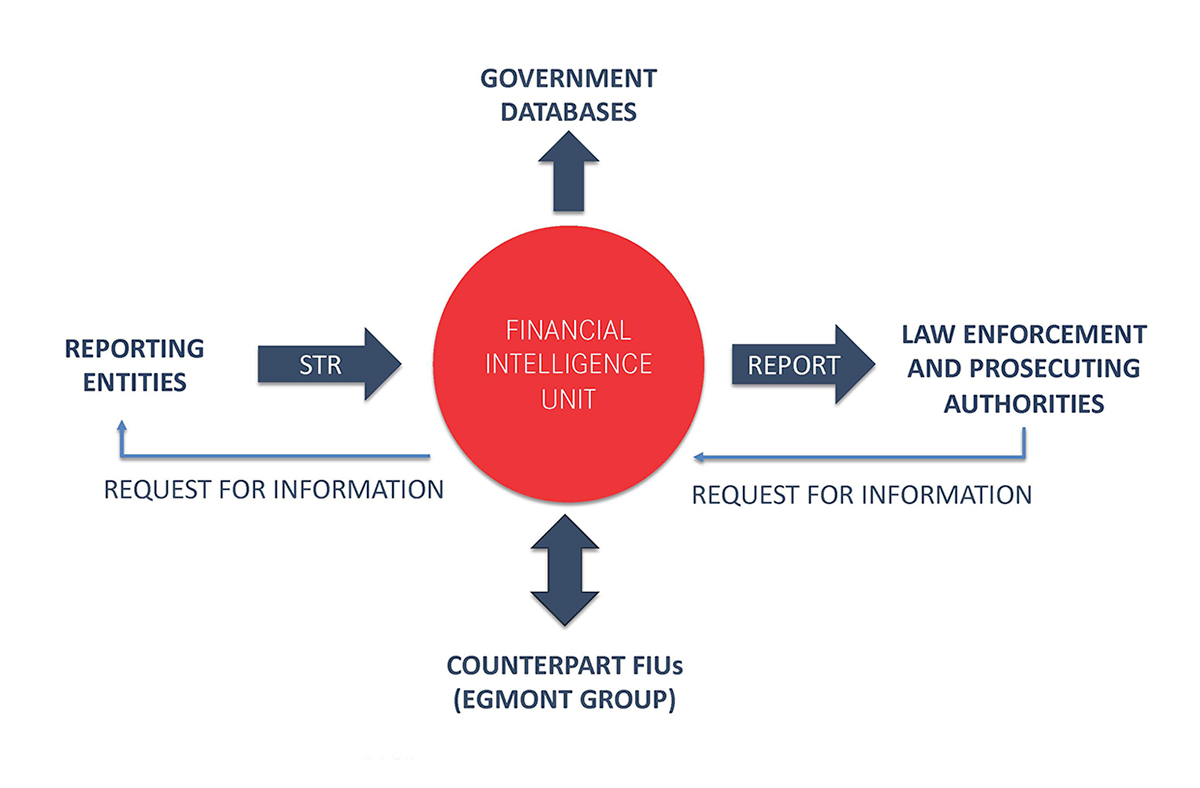Home>Finance>What Is The Purpose Of A Stop-Loss Provision In A Health Insurance Plan?


Finance
What Is The Purpose Of A Stop-Loss Provision In A Health Insurance Plan?
Modified: February 21, 2024
Learn the purpose and benefits of having a stop-loss provision in a health insurance plan. Understand how it provides financial protection and limits your out-of-pocket expenses
(Many of the links in this article redirect to a specific reviewed product. Your purchase of these products through affiliate links helps to generate commission for LiveWell, at no extra cost. Learn more)
Table of Contents
- Introduction
- Definition of a Stop-Loss Provision
- The Importance of a Stop-Loss Provision in a Health Insurance Plan
- How a Stop-Loss Provision Protects Policyholders from Financial Burden
- Examples of Stop-Loss Provisions in Health Insurance Plans
- Limitations and Exclusions of Stop-Loss Provisions
- Benefits of Having a Stop-Loss Provision in a Health Insurance Plan
- Conclusion
Introduction
Welcome to the world of health insurance! As you navigate through the intricacies of choosing the right health insurance plan, you may come across terms like “stop-loss provision.” But what exactly is a stop-loss provision, and why is it essential?
In simplest terms, a stop-loss provision is a safeguard built into a health insurance plan to protect policyholders from exorbitant financial burdens related to medical expenses. It acts as a safety net, ensuring that individuals or employers do not face overwhelming costs when unexpected or catastrophic events occur.
Healthcare costs have been on the rise globally, and the United States is no exception. As medical treatments become increasingly advanced and expensive, it is crucial for individuals and businesses to have adequate protection against financial ruin. This is where a stop-loss provision comes in, mitigating the potentially devastating impact of high medical expenses.
Throughout this article, we will explore the purpose of a stop-loss provision in a health insurance plan, its importance in providing financial security, examples of how it works, and the benefits it offers to policyholders.
So, let’s delve deeper into the world of stop-loss provisions and discover how they play a vital role in the realm of health insurance.
Definition of a Stop-Loss Provision
A stop-loss provision, also known as a stop-loss limit or stop-loss insurance, is a crucial component of a health insurance plan that sets a threshold for the maximum amount a policyholder is required to pay out-of-pocket for covered medical expenses within a specific period, usually a year.
Put simply, a stop-loss provision acts as a financial safety net for policyholders. It caps the individual’s liability for medical costs, ensuring that they are not burdened with an insurmountable financial burden.
There are two types of stop-loss provisions: specific stop loss and aggregate stop loss.
The specific stop-loss provision limits the amount an individual policyholder has to pay for covered medical expenses for a single claim or individual medical event. Once this threshold is reached, the insurance company assumes responsibility for the remaining expenses for that specific claim.
The aggregate stop-loss provision, on the other hand, sets a maximum limit for the total amount of covered medical expenses that policyholders are required to pay during a specified period, usually one year. When the cumulative medical expenses of an individual or group exceed this limit, the insurance company assumes financial responsibility for the remaining expenses.
It is important to note that the specific and aggregate stop-loss provisions are not standalone policies but rather components of a health insurance plan provided by employers, insurance companies, or self-funded health plans.
Overall, the stop-loss provision serves as a vital safeguard against exorbitant medical expenses, ensuring that policyholders are protected from the financial ramifications of unforeseen health issues or catastrophic accidents.
The Importance of a Stop-Loss Provision in a Health Insurance Plan
A stop-loss provision plays a crucial role in providing financial security for individuals and businesses enrolled in health insurance plans. Here are several reasons why a stop-loss provision is important:
- Protection against catastrophic medical expenses: One of the primary reasons for having a stop-loss provision is to safeguard policyholders from the financial ramifications of major medical events. Without a stop-loss provision, an individual could be responsible for paying a significant portion of their medical expenses, potentially leading to financial hardship or bankruptcy.
- Peace of mind for policyholders: Knowing that there is a cap on out-of-pocket expenses brings peace of mind to policyholders. It eliminates the fear of being overwhelmed by skyrocketing medical costs and allows individuals to focus on their health and well-being without the added stress of financial strain.
- Financial stability for businesses: For employers who offer health insurance plans to employees, a stop-loss provision provides financial stability by limiting the employer’s liability for excessive medical expenses. This helps businesses manage their healthcare costs and maintain a healthy bottom line.
- Access to quality healthcare: With the assurance of a stop-loss provision, policyholders are more likely to seek necessary medical care without delay. They can receive the treatment they need, knowing that the financial burden will not be overwhelming.
- Promotion of preventive care: A stop-loss provision can incentivize policyholders to prioritize preventive care and early intervention. Knowing that they have financial protection, individuals are more likely to seek preventive screenings, vaccinations, and consultations, ultimately leading to better overall health outcomes.
- Attraction and retention of employees: For businesses, offering a health insurance plan with a stop-loss provision is an attractive benefit that can help attract and retain top talent. It demonstrates the company’s commitment to employee well-being and enhances job satisfaction.
In summary, a stop-loss provision is essential in a health insurance plan to provide protection against catastrophic medical expenses, instill peace of mind, ensure financial stability for businesses, promote access to quality healthcare, encourage preventive care, and enhance employee attraction and retention.
How a Stop-Loss Provision Protects Policyholders from Financial Burden
A stop-loss provision is designed to protect policyholders from the financial burden of excessive medical expenses. Let’s explore how this provision safeguards individuals and businesses:
- Cap on out-of-pocket expenses: A stop-loss provision sets a limit on the maximum amount a policyholder is required to pay out-of-pocket for covered medical expenses. Once this threshold is reached, the insurance company assumes responsibility for the remaining costs. This cap protects policyholders from incurring overwhelming medical debt and ensures they are not financially incapacitated by healthcare expenses.
- Protection against catastrophic events: Serious medical conditions, accidents, or unexpected health issues can result in astronomical medical bills. A stop-loss provision acts as a safety net, shielding policyholders from the financial aftermath of such catastrophic events. It provides a sense of security, knowing that even in the face of significant medical expenses, there is a limit to the financial burden they will bear.
- Risk management for employers: For businesses that offer health insurance to their employees, a stop-loss provision is an essential risk management tool. It helps limit the employer’s liability for unpredictable and high-cost medical claims, protecting the financial stability of the company. By shifting some of the risk to the insurance provider, employers can better manage their healthcare expenses and avoid substantial financial losses.
- Financial predictability: With a stop-loss provision in place, individuals and businesses can have a more predictable understanding of their healthcare costs. They can budget more effectively, knowing that there is a limit to their out-of-pocket expenses. This financial predictability allows for better financial planning and minimizes the risk of unexpected financial hardships.
- Assurance of comprehensive coverage: A stop-loss provision ensures that policyholders have access to comprehensive healthcare coverage without the fear of being burdened by excessive costs. It encourages individuals to seek necessary medical care and treatment without delay, promoting better overall health outcomes.
In summary, a stop-loss provision protects policyholders from the financial burdens of high medical expenses by placing a cap on out-of-pocket costs, offering protection against catastrophic events, enabling risk management for employers, providing financial predictability, and assuring comprehensive coverage. It is a valuable safeguard that brings peace of mind and financial security to individuals and businesses alike.
Examples of Stop-Loss Provisions in Health Insurance Plans
Stop-loss provisions can vary in their specifics depending on the type of health insurance plan and the insurance provider. Here are a few examples of how stop-loss provisions are structured:
- Deductible-based stop-loss: Some health insurance plans have a deductible-based stop-loss provision. This means that once the policyholder has reached their deductible amount – the predetermined threshold that individuals must pay out-of-pocket before the insurance starts covering expenses – the stop-loss provision takes effect. After reaching the deductible, the policyholder’s financial responsibility for covered medical expenses is limited to a certain percentage or a specific maximum amount.
- Claims-based stop-loss: In this type of stop-loss provision, the limit is set based on individual claims. For example, if an individual has a specific stop loss of $10,000, that means they are responsible for paying up to $10,000 for each separate claim or medical event. Once that limit is reached, the insurance company assumes the remaining financial responsibility for that particular claim.
- Aggregate stop-loss: An aggregate stop-loss provision sets a cap on the total amount of covered medical expenses that a policyholder is required to pay within a specific period, usually a year. Once the cumulative medical expenses reach this threshold, the insurance company assumes responsibility for additional expenses incurred during that period.
- Specific stop-loss: This type of stop-loss provision focuses on individual, high-cost claims. It sets a limit for the maximum amount that an individual policyholder has to pay for a single claim or medical event. Once that threshold is reached, the insurance company assumes responsibility for the remaining expenses associated with that specific claim.
- Stop-loss in self-funded plans: Stop-loss provisions are commonly used in self-funded or self-insured health insurance plans. These plans are offered by employers who assume the financial risk of providing healthcare benefits to their employees. In self-funded plans, stop-loss provisions protect employers from excessive medical expenses by limiting their liability when claims reach a predetermined threshold.
It is essential to review the specific details of the stop-loss provision in your health insurance plan to understand the thresholds, limits, and coverage it offers. This ensures that you have a clear understanding of your financial responsibility and the protection provided by the stop-loss provision.
Remember, stop-loss provisions are designed to provide financial security and peace of mind, so understanding how they work in your specific health insurance plan is crucial for making informed decisions about your healthcare.
Limitations and Exclusions of Stop-Loss Provisions
While stop-loss provisions offer valuable financial protection, it is important to understand that they have certain limitations and exclusions. Here are some common considerations:
- Non-covered expenses: Stop-loss provisions usually apply to covered medical expenses only. Certain medical treatments, procedures, or services may not be covered by the health insurance plan, and the stop-loss provision will not provide protection for these expenses. It is essential to review the policy terms and conditions to understand what is considered covered and non-covered.
- Exclusions for pre-existing conditions: Some health insurance plans may have exclusions or waiting periods for pre-existing conditions. This means that any medical expenses related to these conditions may not be covered by the stop-loss provision until a certain period of time has passed or specific conditions have been met.
- Out-of-network expenses: Stop-loss provisions may have limitations on out-of-network expenses. If a policyholder receives medical treatment from a healthcare provider or facility outside of the insurance network, the stop-loss provision may not provide the same level of financial protection, or it may have specific limits or exclusions regarding out-of-network expenses.
- Policy maximums: Some health insurance plans may have a maximum limit on the coverage provided by the stop-loss provision. Once the policyholder reaches this limit, they may become responsible for all additional medical expenses, regardless of the stop-loss provision, until the plan resets or renews.
- Policy restrictions: Stop-loss provisions may have specific restrictions or limitations on certain medical treatments, elective procedures, or experimental therapies. These restrictions are put in place to manage costs and ensure the financial sustainability of the health insurance plan.
It is crucial to thoroughly review the terms and conditions of your health insurance policy, including the stop-loss provision, to understand the limitations, exclusions, and restrictions that may apply. This will allow you to make informed decisions about your healthcare and be aware of potential financial responsibilities that may fall outside the scope of the stop-loss provision.
While a stop-loss provision provides valuable protection against catastrophic medical expenses, it is essential to have a comprehensive understanding of its limitations to effectively manage your healthcare costs and financial well-being.
Benefits of Having a Stop-Loss Provision in a Health Insurance Plan
Having a stop-loss provision in a health insurance plan offers several significant benefits to policyholders. Here are some key advantages:
- Financial protection: The primary benefit of a stop-loss provision is the financial protection it provides. It limits the policyholder’s out-of-pocket expenses, preventing them from facing exorbitant medical bills that could potentially lead to financial hardship or bankruptcy.
- Peace of mind: Knowing that there is a cap on the amount of money a policyholder is required to pay for covered medical expenses brings peace of mind. It eliminates the fear of being overwhelmed by unexpected healthcare costs and allows individuals to focus on their health and well-being without undue financial stress.
- Access to necessary healthcare: With a stop-loss provision in place, policyholders can seek necessary medical care and treatment without hesitancy. Knowing that their financial burden is limited, they are more likely to seek timely healthcare, resulting in better health outcomes and improved quality of life.
- Financial predictability: The structure of a stop-loss provision provides policyholders with financial predictability and stability. By setting a limit to out-of-pocket expenses, individuals can plan and budget more effectively, reducing the risk of unexpected healthcare costs derailing their financial plans.
- Protection against catastrophic events: A stop-loss provision serves as a safety net, protecting policyholders from catastrophic medical events that can result in significant financial strain. It ensures that individuals are not burdened with the full cost of intensive medical treatments, surgeries, or expensive medications.
- Risk management for employers: Employers offering health insurance plans with stop-loss provisions benefit from better risk management. By limiting their liability for high-cost claims, employers can control healthcare costs, protect their financial stability, and attract and retain talented employees.
Overall, having a stop-loss provision in a health insurance plan provides invaluable benefits. It offers financial protection, peace of mind, access to necessary healthcare, financial predictability, protection against catastrophic events, and risk management advantages for employers.
As you explore health insurance options, consider the presence of a stop-loss provision as an essential factor in ensuring your financial security and well-being in the face of unpredictable healthcare expenses.
Conclusion
A stop-loss provision is a vital component of a health insurance plan that protects policyholders from excessive financial burdens related to medical expenses. It sets a cap on out-of-pocket costs, ensuring that individuals and businesses are not overwhelmed by catastrophic healthcare expenses.
Throughout this article, we have learned that a stop-loss provision provides numerous benefits. It offers financial protection, peace of mind, and access to necessary healthcare. It enables financial predictability, safeguards against catastrophic events, and allows for effective risk management for employers.
However, it is essential to understand the limitations and exclusions that may exist within a stop-loss provision. Non-covered expenses, exclusions for pre-existing conditions, restrictions on out-of-network expenses, policy maximums, and policy-specific restrictions can impact the extent of financial protection afforded by the provision.
As you navigate the world of health insurance, it is crucial to review and understand the terms and conditions of your policy, including the stop-loss provision. This will enable you to make informed decisions about your healthcare and financial well-being.
In conclusion, a stop-loss provision is a valuable safeguard that brings financial security and peace of mind to individuals and businesses alike. It ensures that healthcare costs remain manageable, allowing individuals to prioritize their well-being without the fear of overwhelming financial burden. With the protection of a stop-loss provision, policyholders can confidently navigate the complexities of the healthcare system, knowing that their financial stability is upheld.














